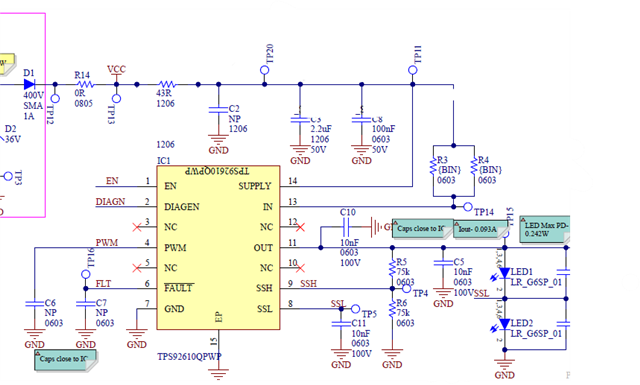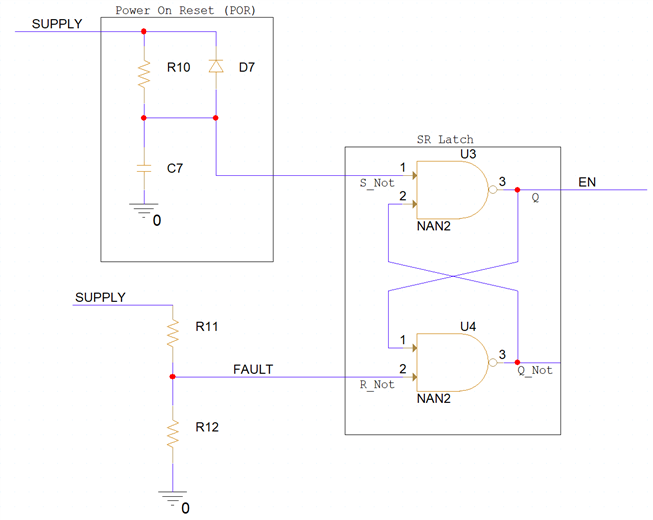Tool/software:
Hi,
I am using TPS92610Q single channel IC for for TAIL LED function. when diagnostic detect single LED short or open, IC generate 2mA retry current which cause LEDs dimming with very low intensity.
How to resolve this retry current issue.
Regards,
Tanvir


 ,
,